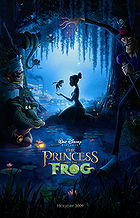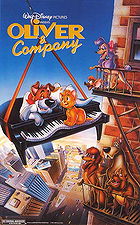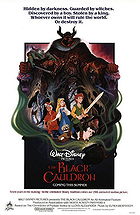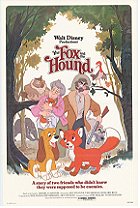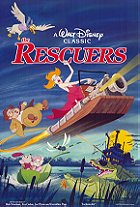Starting with Chicken Little in 2005, Disney made the switch from hand-drawn animation to computer-generated. By 2008, they had acquired Pixar, promoted John Lasseter to head of Disney’s animation department, and announced plans to alternate between hand-drawn and computer animation. Bolt would be all CG, while the next year’s The Princess and the Frog would be a return to hand-drawn. In hindsight, this ambitious plan fizzled out shortly after it began.
While the animation is most certainly a step up from the awkward and ugly character designs, Bolt doesn’t play with the hard-set formula much. We know exactly where the film is going to go, and where it will end, by the time the first act winds down. Thankfully, Lasseter’s prominence in the studio also brought about a resurgence in creating lovable and endearing characters, something that had been missing from the studio’s output for several years.
It is missing some of the sincerity and heart that makes Pixar’s older films work so well. This is a major problem, as Disney is clearly trying to marry its old approach to film-making with their newly acquired division, producing something that has all of the kinetic energy and polish of Pixar, but is missing that central spark. Not to say that Bolt doesn’t strive for emotional moments, but it needed to exhibit some restraint to really develop its major relationships and emotions. It’s to its credit and its benefit that the film moves, but it needed a few more moments of quiet reflection and connection to really blossom.
None of this is to say that Bolt doesn’t work, because it does. It’s a very charming, sweet, and fun film. The numerous action sequences really liven up the film, as they’re full of energy and smooth animation. The story hits all of its marks, strikes all of the right poses, and never misses. I do wish it had done something more innovative, or pushed back harder against the rigged formula.
For the most part, the vocal cast is top notch. John Travolta, Susie Essman, and Mark Walton are turn in surprisingly strong and memorable vocal performances, Malcolm McDowell and James Lipton turn in fun supporting turns, and the film could have used more of their ridiculous characters. The only major problem in the main vocal cast is Miley Cyrus, she is given little to do, and it feels like she was only cast in the role as a concession to Hannah Montana fans, leeching off of the success of the newest major Disney It Girl.
This was a first time viewing experience for me, and I can see why it’s regarded now as the first step in a resurgence with the studio. It’s a quality film, and a surprise Oscar nominee, that reminds us of the better moments in the studio’s long history of family entertainment. This revival doesn’t offer much in the way of new thrills, but if their focus is on crafting solid films, they’re doing a great job. But a little boundary pushing never hurt.
 Login
Login
 Home
Home 95 Lists
95 Lists 1531 Reviews
1531 Reviews Collections
Collections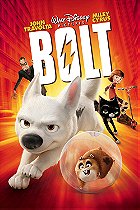
 0 comments,
0 comments, 